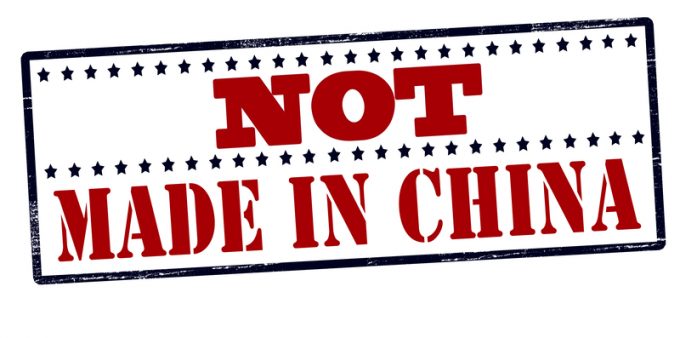Sri Lanka wants western designer labels to use its manufacturing capacity
Sri Lankan garment manufacturers are eyeing an export rebound, avoiding a substantive recession, with the ...

Rising costs and geo-political tensions have seen an increase in the number of Chinese companies relocating their production to other Asian countries.
The main beneficiaries of the trend, first started by western companies in 2018 following the start of the trade dispute between China and the US, have been Malaysia, Thailand, Vietnam and Indonesia, reports the South China Morning Post. Subcontinent economies, including Bangladesh and India are also benefiting, thanks to their large and comparatively young and lower-paid workforce.
US tariffs and trade war will result in 'Covid-like' shortages and layoffs
Ecommerce air traffic to US set to grind to a halt as de minimis exemption ends
Where will the freighters go as capacity shifts from tariff-hit China-US lane?
Apple logistics chief Gal Dayan quits to join forwarding group
Congestion and rising costs at Europe's box ports to last into summer
Maersk u-turn as port congestion increases across Northern Europe
Widespread blanked sailings stave off major collapse of transpacific rates
Transpac rates hold firm as capacity is diverted to Asia-Europe lanes


Comment on this article